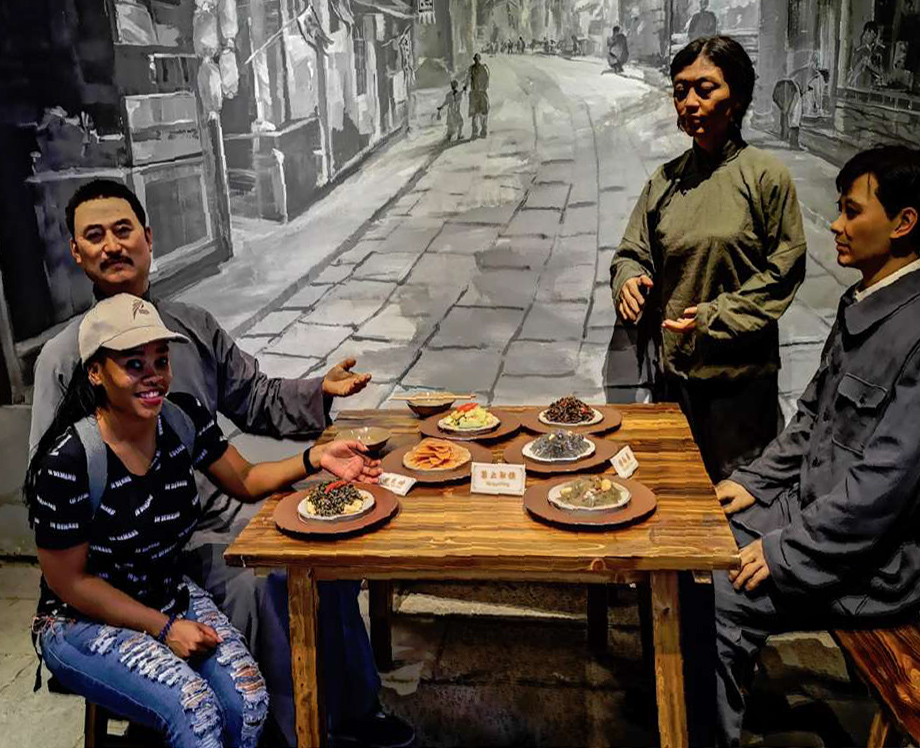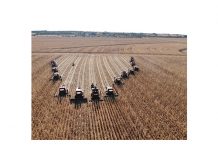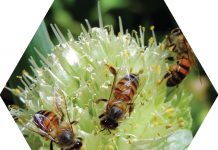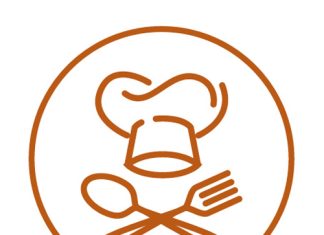With globalisation there has been a growing consumer demand for a wider variety of food, which has resulted in an increasingly complex and longer global food chain. With the rising world population, the intensification and industrialisation of agriculture to meet demands for food have created both opportunities and challenges for food safety. Climate change is another high impact factor in food safety due to temperature changes that are modifying food safety risks associated with food production, storage and distribution.
It is challenges like these that put greater responsibility on food producers, processors and handlers to ensure food safety. What could seem like a local incident can quickly develop into an international emergency due to the speed and range of product distribution. Serious foodborne disease outbreaks have occurred on every continent in the past decade, often amplified by globalised trade. Examples include the contamination of infant formula with melamine in 2008 (affecting 300 000 infants and young children, six of whom died in China alone) and the 2011 enterohaemorrhagic Escherichia coli outbreak in Germany linked to contaminated fenugreek sprouts. Cases were reported in eight countries in Europe and North America, leading to 53 deaths and significant economic losses. Not forgetting the 2017/2018 listeriosis outbreak in South Africa, where 216 people succumbed to the disease in 1 060 confirmed cases. Unsafe food poses global health threats, endangering everyone – especially the vulnerable, which includes the elderly, pregnant women, young children and infants.

Food safety is important in achieving better human nutrition through healthy, nutritious diets. Improving it is thus key in achieving sustainable development goals. Food safety needs to be part of every government’s agenda as a public priority, considering the important role they play in developing policies and regulatory frameworks. Establishing and implementing effective food safety systems ensure that food producers and suppliers along the whole food chain operate responsibly and supply safe food to consumers.
Although food can become contaminated at any point of production and distribution, the primary responsibility lies with food producers. Yet a large proportion of foodborne disease incidents are caused by food that is improperly prepared or mishandled at home, in food service establishments or markets. Not all food handlers and consumers understand the roles they must play, such as adopting basic hygienic practices when buying, selling and preparing food to protect their health and that of the wider community.
This article provides feedback on a food safety seminar that took place in China from 13 – 31 July 2019, sponsored by the Chinese government through the China National Research Institute of Food and Fermentation Industries Corporation Limited (CNRIFFI). The seminar focused on China’s food quality and safety as well as the challenges and strategies of China’s import and export food safety.

Agricultural products and food safety seminar
CNRIFFI is the largest and oldest state-level research institution in China’s food industry as well as the most important technical platform and founder of multiple food sectors. Since 2005, CNRIFFI has organised 138 seminars and technical trainings and has received 5 131 participants from 133 developing countries and regions. Through foreign-aid training programmes they have set up a major platform for international human resource training and technical exchanges, helped to advance food technology and economic growth in developing countries and played an important role in promoting global cooperation, foreign trade and technical transfer in the food industry.
The seminar was designed to disseminate experience, lessons, organisational structure, sharing of power and responsibility and the supervision model of China’s food safety with the aim of enabling participants to master food safety concepts, management and relevant technologies applicable to developing countries. Participants’ knowledge was broadened and capacity was built to tackle food safety problems in their own countries. It combined theory with field survey. Participants visited the Sichuan Food Fermentation Industry Research and Design Institute, Sichuan COFCO Coca-Cola Beverage Co. Ltd., the Hunan Academy of Agricultural Sciences, the Hunan Grain Group and Changsha Jiajia Food Group Co. Ltd. among others.
Food quality and safety
China’s food safety problem is a complex and varied one. There is environmental pollution caused by industrialisation as well as fake products driven by profits that are rampant on the market in the midst of insufficient governmental supervision. This is due to section-based supervision as China has various supervision departments, including the Ministry of Agriculture, the General Administration of Quality Supervision, Inspection and Quarantine (AQSIQ), the Ministry of Health, the State Food and Drug Administration (SFDA) and the Ministry of Commerce. Segmented supervision induces a lack of accountability and leads to evasion. With the current situation, one realises that food safety is a long-term task.
The Chinese government has, however, prioritised food safety – passing the Food Hygiene Law in 1995 and the Food Safety Law in 2009 (revised in 2015), to prevent inconsistency in different food safety supervision departments. The Food Safety Law prescribes to the health administrative departments, agriculture administrative departments, quality supervision departments, industry and commerce administrative departments as well as food and drug supervision and administration departments to strengthen communication and closely cooperate with each other, and to exercise their powers and assume the responsibilities under their respective functions.
The challenges and strategies of China’s import and export food safety
Those who have attempted to export to China can attest to the stringent rules and regulations that govern the whole process. Food producers and traders have been identified as the first line of defence when it comes to food safety. They have to strictly follow the relevant laws and regulations and food safety standards in their food business activities to ensure safe food for the public and society. Food industry associations guide food producers and traders to conduct production and operations according to the law. This enhances the construction of industrial credibility. The role of government is to establish the system on sectional supervision and management of food safety, by means of coordination.
Import food safety management system
AQSIQ was established in 2001. This organisation has evolved to what is currently known as the General Administration of Customs of the People’s Republic of China (GACC). They are tasked with customs control, revenue collection, fighting against smuggling, foreign trade statistics compilation etc.
In cases of serious or repeated infringements of Chinese legislation, a risk alert may be released nationwide and safeguarding measures may be taken against the trade partner through the banning of imports from a specific region or an establishment.
Lessons to take home
Safe food supplies in any country contribute to food security and nutrition and it strengthens sustainable development goals. It further supports economies, trade and tourism. Each government needs to do the following:
- Improve national food safety and conform to international standards.
- Build and maintain adequate food systems and infrastructure such as laboratories to respond to and manage food safety risks along the entire food chain, including during emergencies.
- Encourage multi-sectoral collaborations among public health, animal health, agriculture and other sectors for better communication and joint action.
- Integrate food safety into broader food policies and programmes (e.g. nutrition and food security).
- Think globally and act locally to ensure that food produced domestically is safe internationally.
- Consider the country’s condition rather than mimic developed countries.
- Consider product-based supervision as opposed to sector-based supervision.
- Create awareness in different sectors and the public at large, not only when there are emergencies.
- Enhance surveillance and monitoring.
- Expansion of the scope of new methods of analysis for herbicide by-products, food additives, nutritive value and microbes.
- Initiate the accreditation of new methods.
- Initiate the review of regulations for stricter measures/penalties to curb cases of food safety malpractice.
- Enhance legislation and establish a food safety legal framework.
















